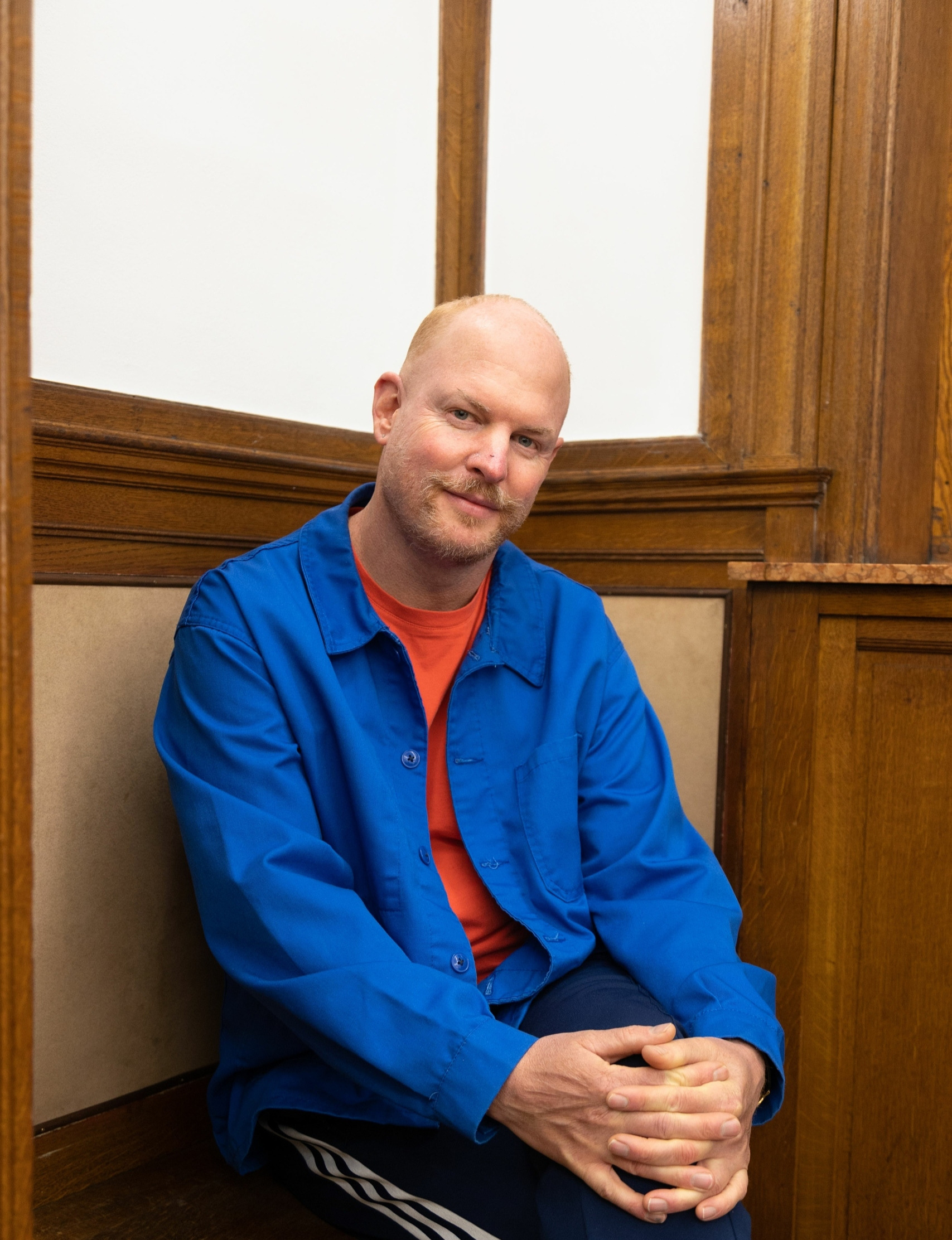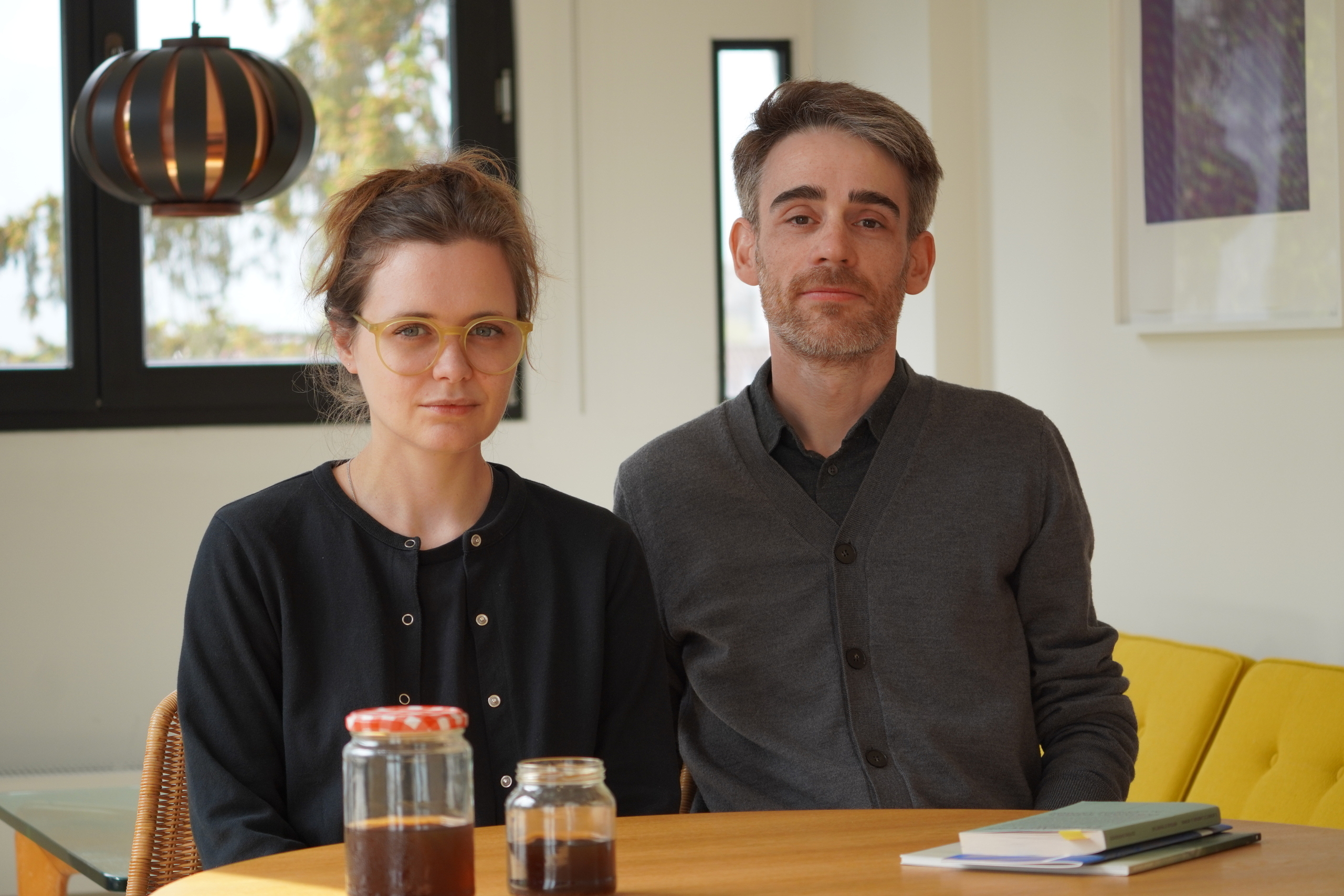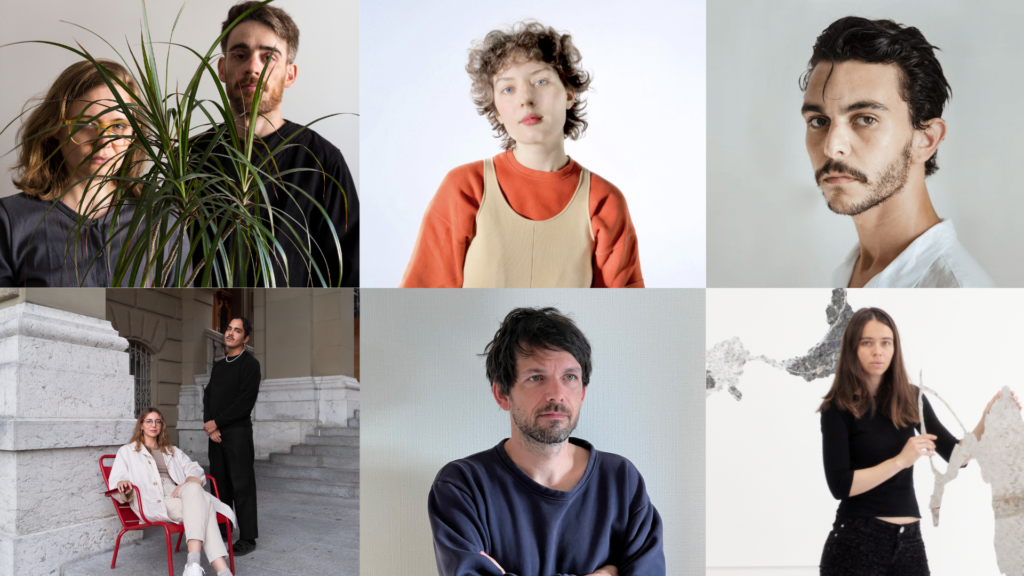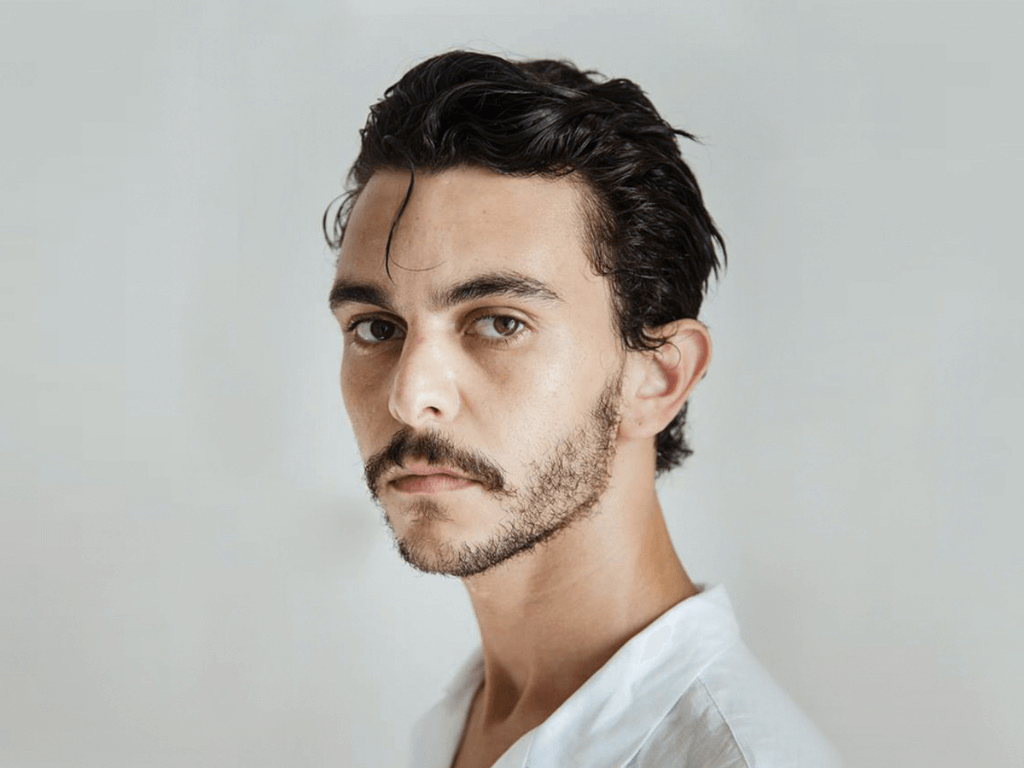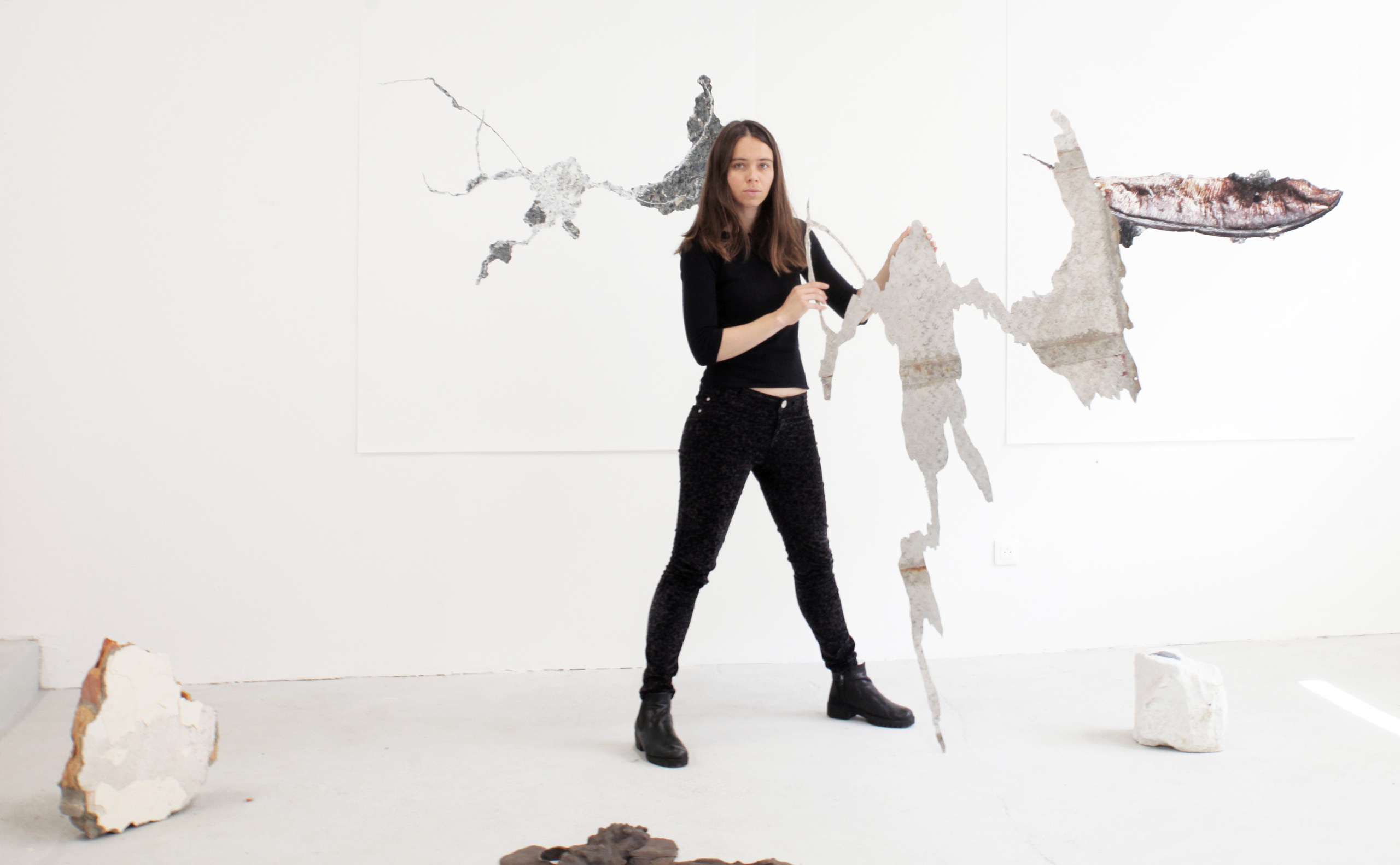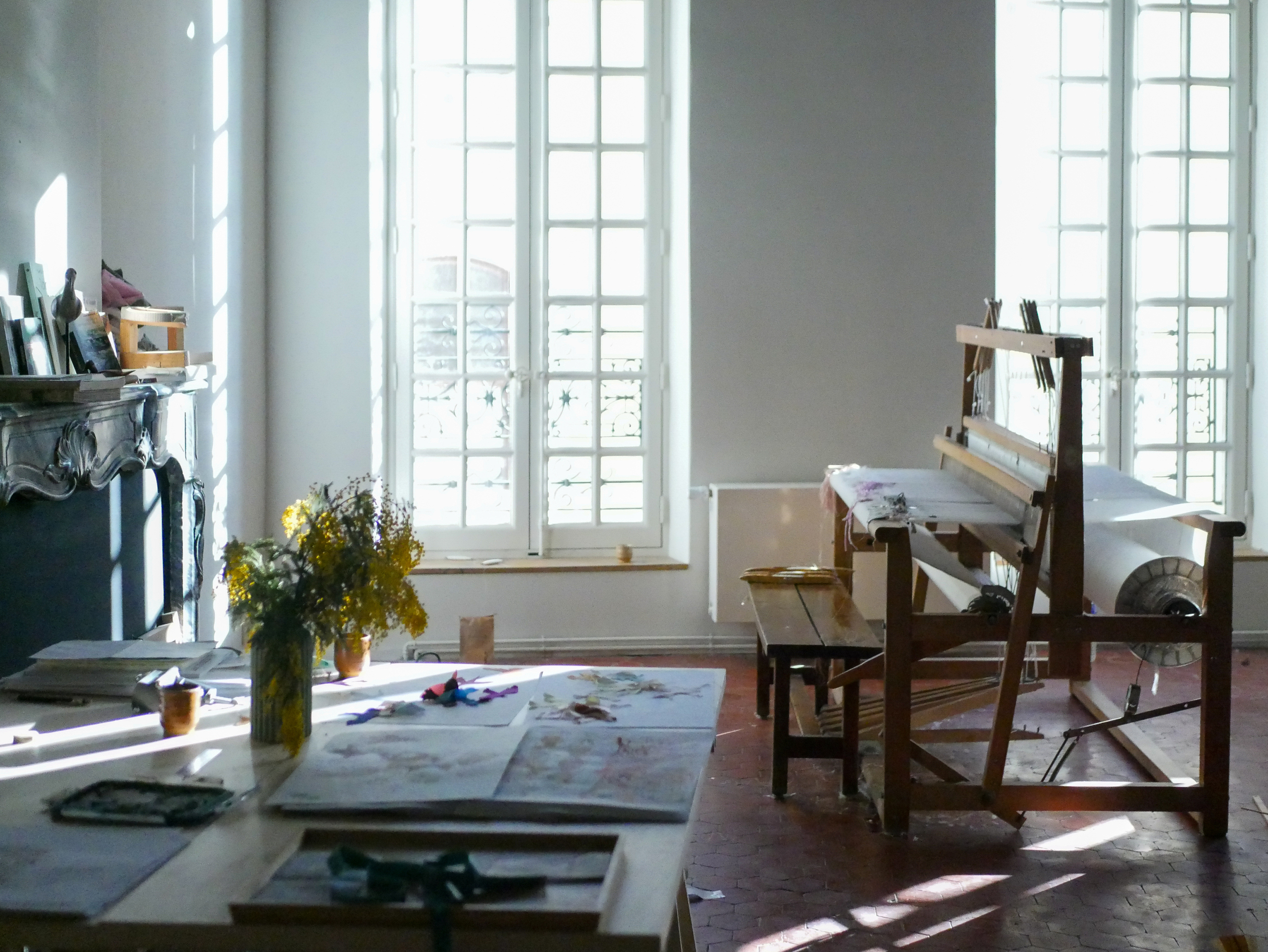
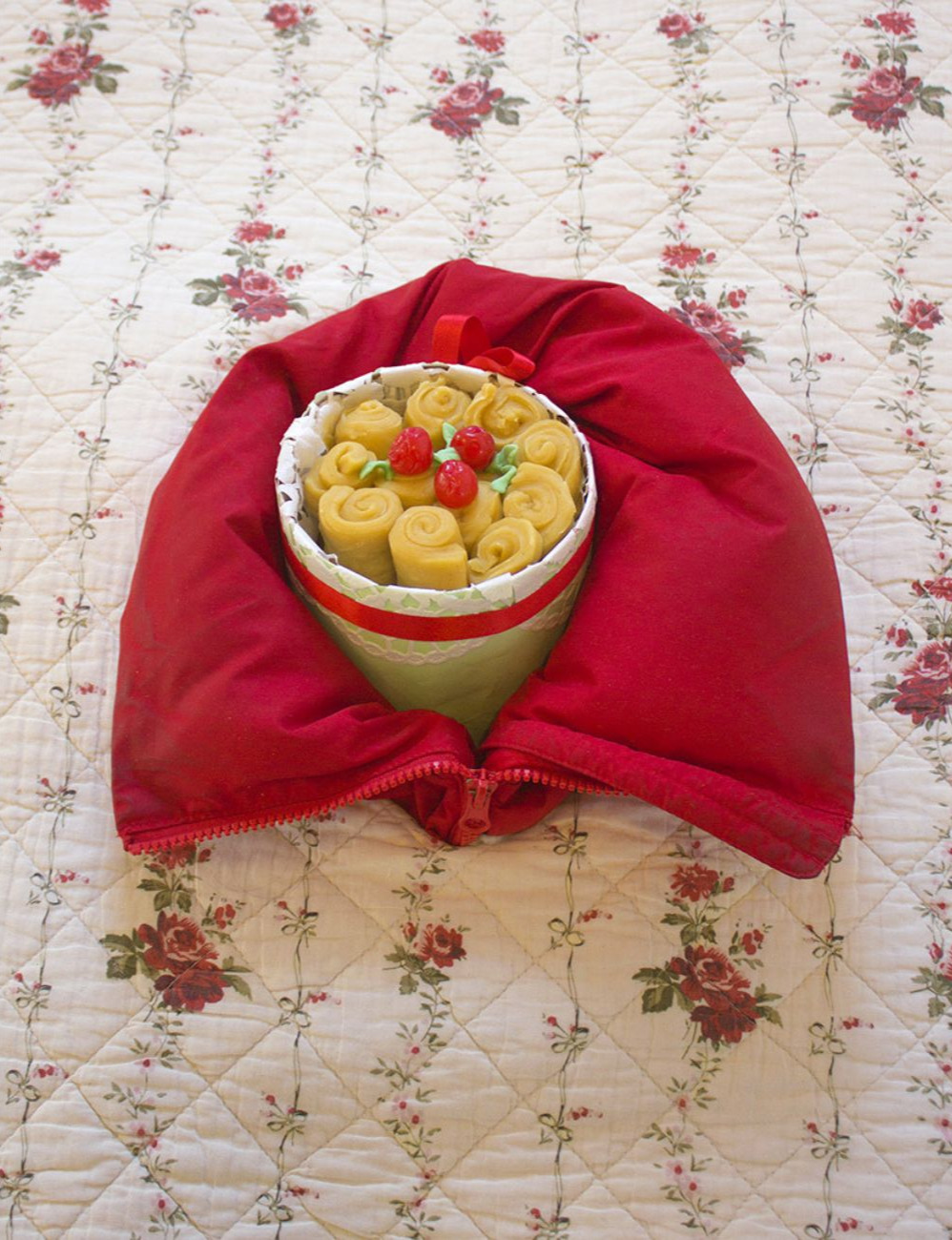
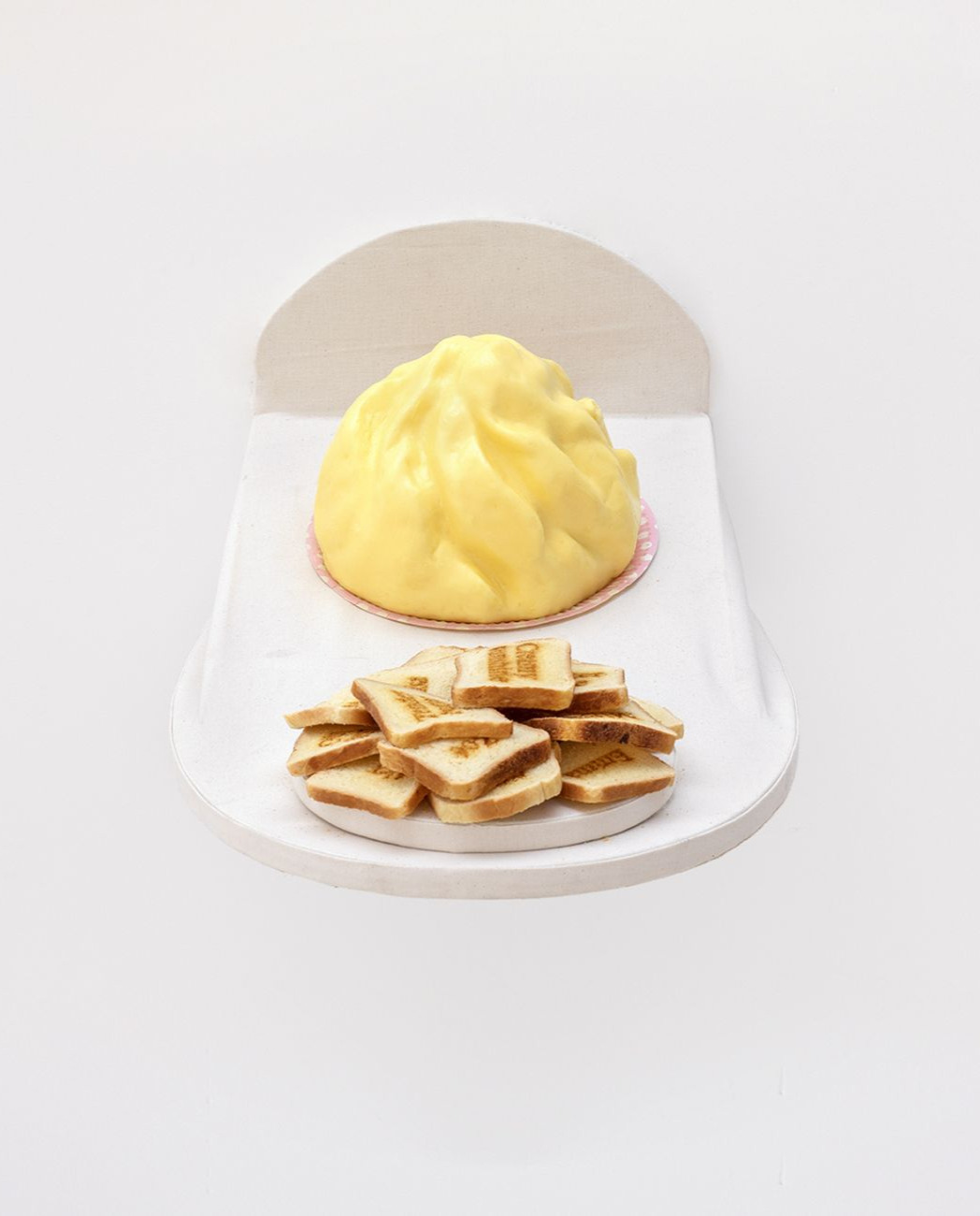
Research residency
Victoire GONZALVEZ
Visual arts & creative writings
Victoire Gonzalvez came with the idea of exploring the use of carton-pierre in Brussels. She found out that this interior decoration technique, which was very much in fashion in the city throughout the nineteenth century, has since been forgotten. Carton-pierre was used to create mouldings, architectural elements, and even sculptures at a lower cost. Replaced by stucco and staff, which are still used today, this material nevertheless had real ecological potential because of its composition of paper, glue, and stone powder. In her sculptures, performances, and texts, Victoire is interested in how our material environment – architecture, objects, textures, bodies, odours, and images – is based on a mixture of real things and simulacra. Reproductions, the artificial, and the false propagate, replace, spread, and cohabit. They call into question our relationship with the living and they also raise the question of controlling existences and norms. Inspired by copying techniques used in the world of cinema, interior architecture, and design, she engages in a visual, perceptual, and sensorial deconstruction of stereotypes – regarding gender, identities, milieus, and preferences – tied to the things that surround us. She fabricates ambiguous perceptual situations, hybrid works of an ungraspable materiality, scenarios that enable the person observing to invent the means of their own relationship to the forms they encounter.
In Brussels, Victoire began by investigating, combing through archives, interviewing architectural historians, and watching restoration and decoration studios at work. Her goal was to write (or rewrite) a recipe for carton-pierre. It was in this research of gestures and ingredients, in her almost experimental immersion in technique, that one detail in particular jumped out at her: some artisans said that they added sugar to their blend to improve its performance. The shift from the excessive ornamentation of upper middle-class homes to the illusionist art of pastries became tempting. Her research proceeded by association. The artist also realised how gender-specific the technique of carton-pierre had been in its transmission within “father and son” family businesses. Offering a sweet, cooked, and edible version was a way to subvert its patriarchal aspects. By writing down – or simply speaking – the recipe for her pastry moulding, Victoire experienced another shift, another interpretation, as the sensuous dimension replaced the objective coldness of imitation plaster. She began to note down her ideas and sensations, to realise that there probably was a link between prestige architecture and the politics of the body, that her project revealed what was woven into and behind the ostensible decor, between the public language of the home and the private expression of a hidden, domestic sphere, perhaps even in the kitchen, that space “reserved” to women and subalterns, in that tension between norms and desires, between a regime and pleasure. Thus, it was a recipe more than a procedure in the culinary sense that her research headed, it appeared. This was no longer a false plaster construction, rather a handbook for deconstructing decor, a poetic and political manner of appropriating it, and, by ingesting it, of digesting its authority with a sense of humour.
From 14 March to 6 April 2025, Victoire Gonzalvez is exhibiting Coco Sour at the Galerie Jean-Collet (Vitry-sur-Seine, France), at the invitation of Thomas Lemire.
_____
Victoire Gonzalvez (1997, France) is a French artist, performer and writer. Her work reveals the absurdity of our social norms through her sense of materiality, poetry and her theoretical interest in the standardization of our living spaces and the influence of this phenomenon on our everyday practices. After studying at the École Nationale Supérieure des Arts Décoratifs in Paris, she developed an artistic practice based on the stages of making simulacra in the industrial sphere. This research also evolved through teaching at the Staatliche Akademie der Bildenden Künste in Stuttgart. Her work has been exhibited in a number of institutions in France and Germany.
Yann Chateigné Tytelman, guest curator for the 2024 residency, will be guided laureates over the course of working sessions.
